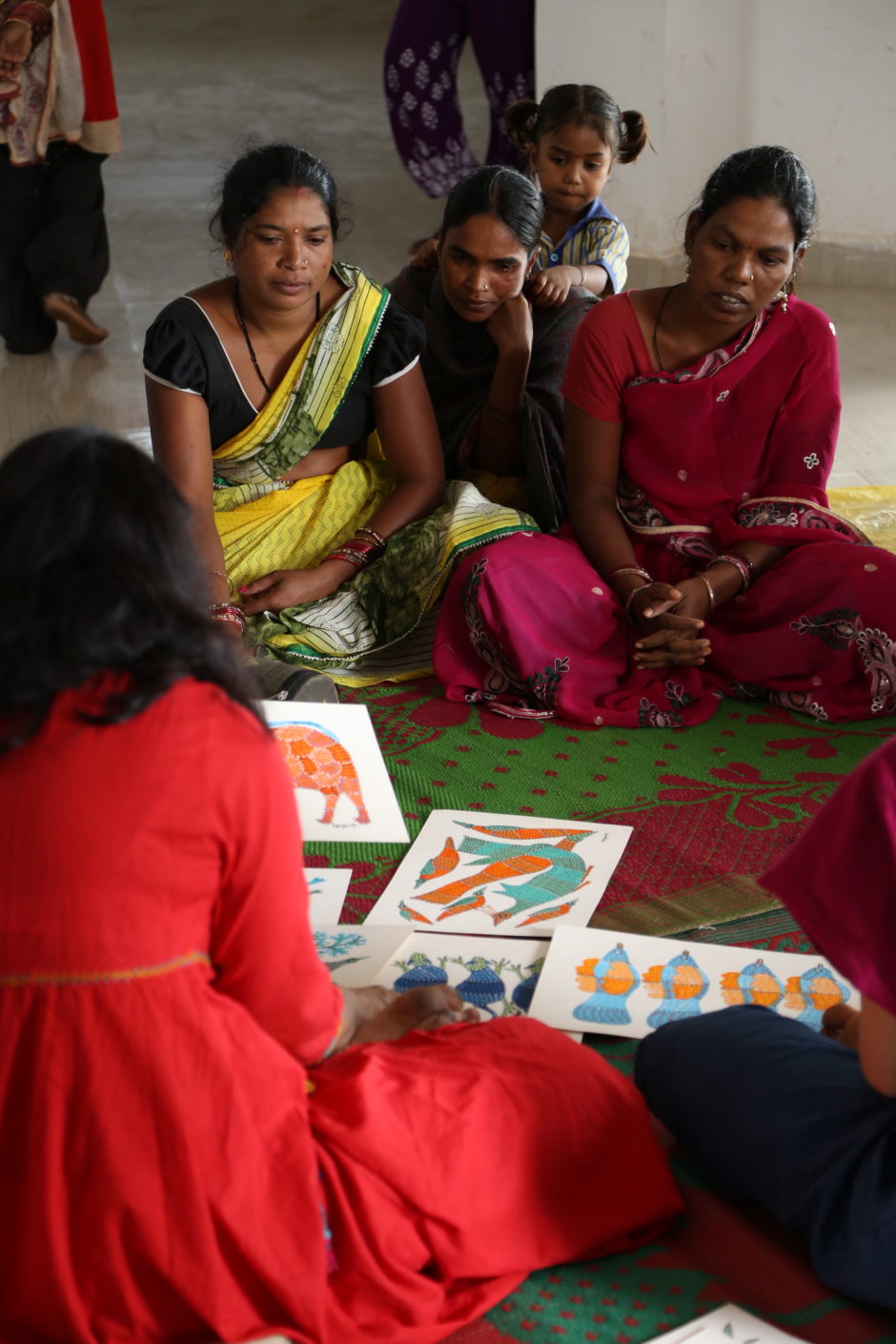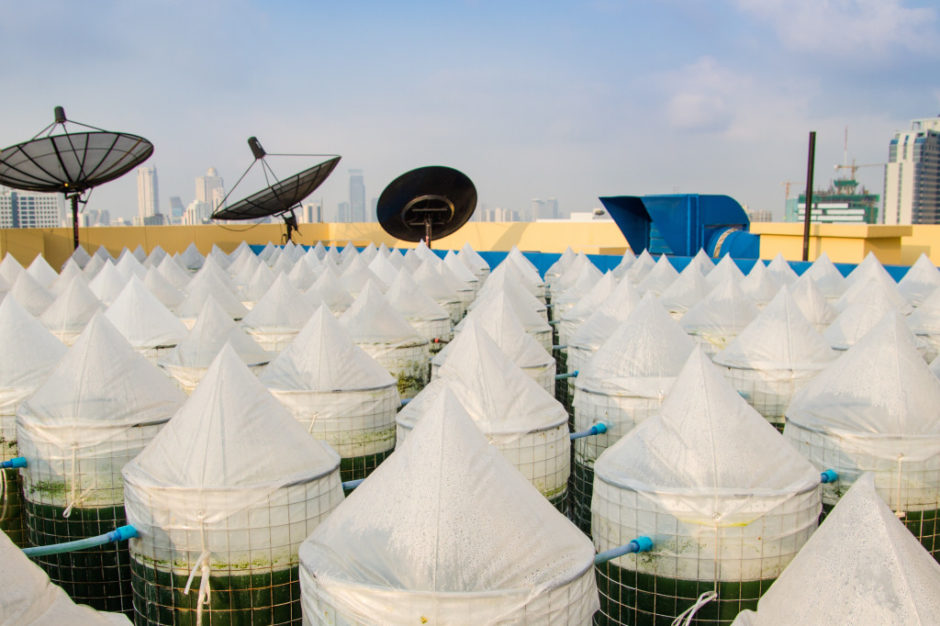
Photo credit: Poshali Goel / Roots Studio
Stanford Social Innovation Review | Winter 2018
In 2009, Chandrakali Pushyam was spending her days fishing, farming, grazing cattle, and taking care of her family. But when her husband, an indigenous artist from the Gond tribe, unexpectedly died that year, Pushyam suddenly had the sole responsibility of supporting her parents, in-laws, and two children. “I didn’t know how to handle the situation, so I started looking at my husband’s [art] and painting in his memory,” remembers 37-year-old Pushyam, who lives in rural Madhya Pradesh, a state in India.
This story appeared in the print edition of Stanford Social Innovation Review magazine as well as online. Continue reading the story here.
